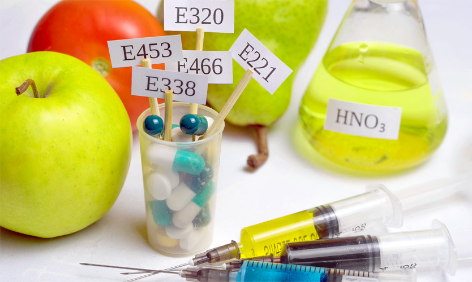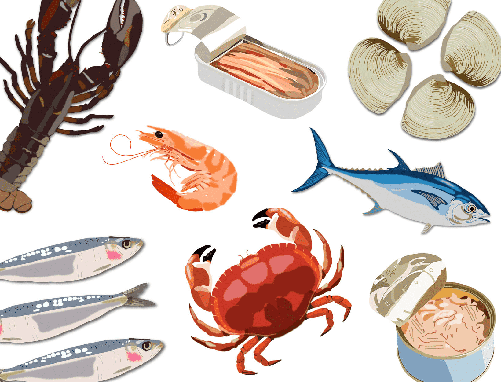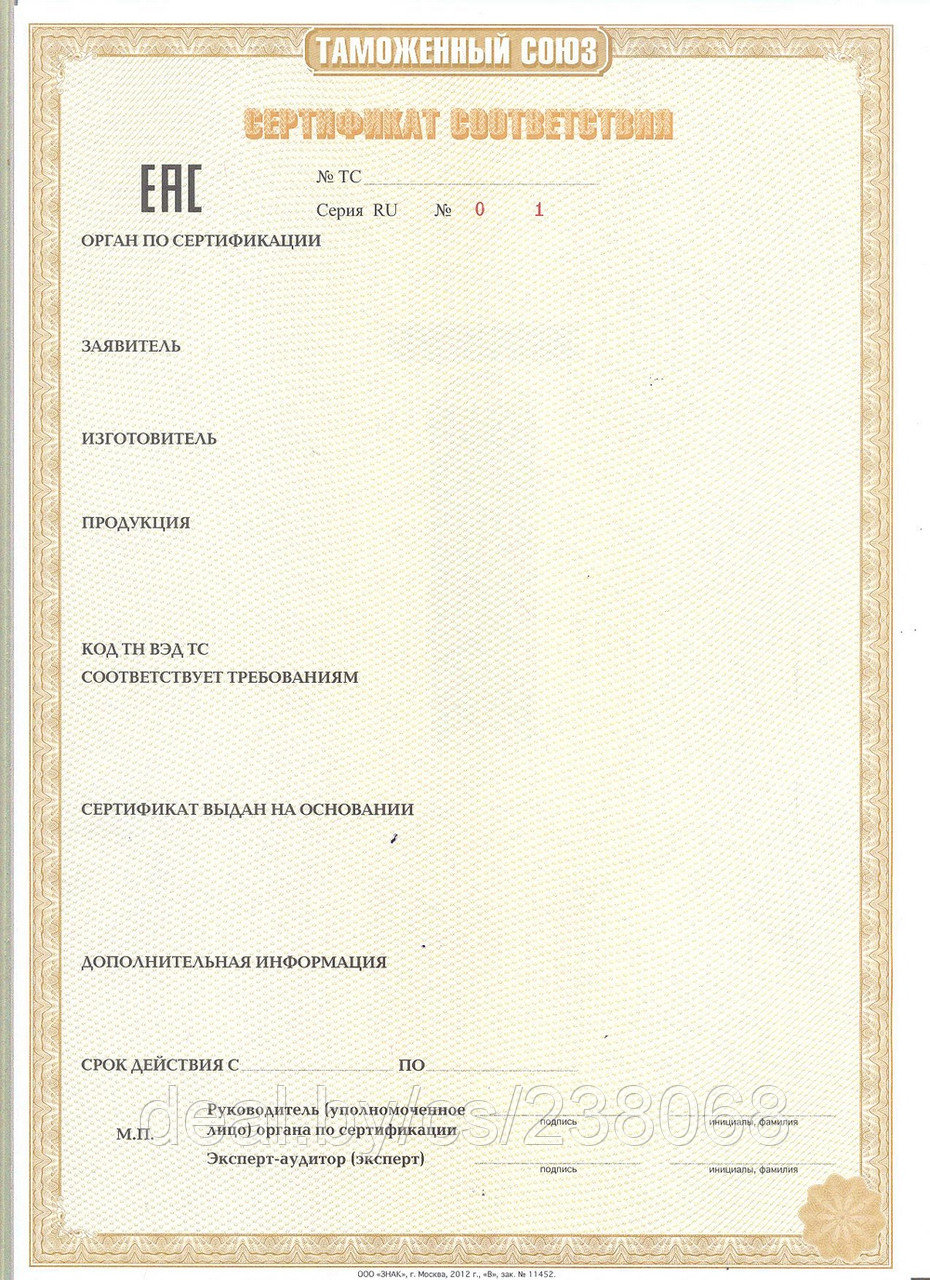EEC updated regulation on food additives

Changes to the technical regulation will come into force on February 27, 2024. In particular, the packaging should indicate not only the “E” code and numerical index of the product, but also the purpose of the additive.
The new edition of the technical regulation of the Customs Union “Safety requirements for food additives, flavorings and technological aids” (TR CU 029/2012) took eight years to develop. The text turned out to be impressive – about 730 pages.
“The main requirement for the use of a food additive is that it should not harm health, even if a person consumes it every day throughout his life as part of food products in the maximum permissible concentrations,” explained a leading researcher at the Federal Research Center for Nutrition and Biotechnology, Doctor of Biology Science Olga Bagryantseva.
Nutrition experts decided to abandon a number of additives, for example, food tannins (E181); preservatives diphenyl (E230) and formic acid (E236), acidity regulator ammonium lactate (E328), antioxidant oxystearin (E387), glazing agent esters of montanic (octacosanoic) acid (E912), dye canthaxanthin (E161g), anti-caking agents, flavor and aroma enhancers and others.
Six new items were included in the list of permitted ones:
– thickener, stabilizer gum arabic, modified with octenyl succinic acid (E423). The additive is obtained from the resin of various types of acacia. It does not affect human metabolism and is safe in any dosage;
– basic methacrylate copolymer (E1205),
– neutral methacrylate copolymer (E1206),
– anionic methacrylate copolymer (E1207),
– graft copolymer of polyvinyl alcohol and polyethylene (E1209). These glazing agents are found in capsules and shells for dietary supplements, and also as auxiliary components in medications;
– preservative ethyl uryl arginate (E243) with low toxicity, since its minimally toxic proportion greatly exceeds the concentration required by the recipe. It prevents food spoilage, and according to statistics, 90-95 percent of poisonings are caused by microorganisms, including deadly ones.
The standard also includes innovations regarding packaging. The composition of the product, along with the code “E” and a numerical index, will indicate the technological function of the additive – a stabilizer, thickener, dye or something else, which is determined by the manufacturer in accordance with technical regulation.


